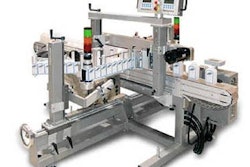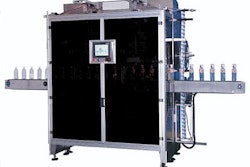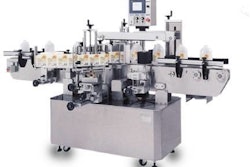One is added costs for remote service. And some of these added costs are now starting to affect a lot of manufacturers, regardless of where they’re located.
For about a year, our wastewater holding tank pump-outs have been subject to an extra fuel surcharge of $2.50 per visit. This has been universally applied to service calls since fuel prices topped $1.50/gal. In fact, maybe we should be glad the surcharge hasn’t been increased since gasoline and diesel prices have remained north of $1.90/gal for most of that last year.
Of course, over that same period, manufacturers have been subjected to similar increases in the transportation costs of getting their products to market. And the increases are not only due to fuel costs that have pretty much stayed high—albeit with some fluctuations over the period.
On the one hand, manufacturers have tried to deal with higher raw material prices, especially for many different types of packaging. Plastic resin prices have seen a sharp upward spiral, in part due to increases in the primary feedstock, natural gas. The same cause has also driven up prices for other materials like steel and paper. And for those of us who heat with propane, we are experiencing a 30% increase in prices for the coming season, versus what we spent last year. That, too, is largely dependent on pricing for natural gas.
But if manufacturers have been able to compensate for higher prices in packaging—often by switching to thinner or different materials—the same isn’t true for the transportation costs. Yes, in part this is due to fuel costs. But the cost to get goods to market is escalating for other reasons beyond fuel costs.
Fleet consolidation, government regulations, insurance costs, and labor and equipment shortages all aggravate the cost of transporting goods to market. Three years ago, when fuel costs and insurance rates first spiraled upward, the numbers of carriers began to contract. According to an executive at Schneider National of Green Bay, WI, more than 11ꯠ truckload carriers left the business over that period.
At the same time that the number of carriers has significantly diminished, the new federal hours-of-service rule has hampered trucker productivity by limiting the number of hours a driver could work. Even worse, the transport industry is finding it difficult to find a sufficient pool of qualified, full-time drivers to make up for the loss of companies and trucks.
In the past, companies could subcontract to independent owner-operators to expand their capabilities. But it appears that there aren’t enough new owner-operators entering the business because many can’t get the financing to cover their costs.
When adding in fuel surcharges, some analysts are predicting that shippers could be hit with hikes of 10 to 15% in the third and fourth quarters of 2004. Another analyst sees smaller increases of 5 to 7%, albeit not counting the fuel surcharge. In addition, fuel is no longer the only surcharge imposed on manufacturers. Multiple stops cause extra charges, as do delays at stops that are now incurring what is called “detention charges.”
Despite all these extra costs, some in the transport business warn manufacturers that finding capacity for the anticipated surge in shipments ahead of the holidays could become problematic. Although manufacturers are worked up about raw materials costs—for products and packaging alike—we may be missing the point.
Our companies may be great at getting products into shipping containers, but that doesn’t get them to customers. Even those orders that are most profitable to a company may sit in its warehouses until a trucker can be found. And the one available may be costly enough to turn a profitable order into one that simply breaks even.
Perhaps those of us keeping an eye on logistics as part of packaging have been paying attention on the wrong antennas. Sure, the antennas on RFID tags will become important for many companies, but maybe we should focus more attention on the antennas on the trucks our companies depend on.
























